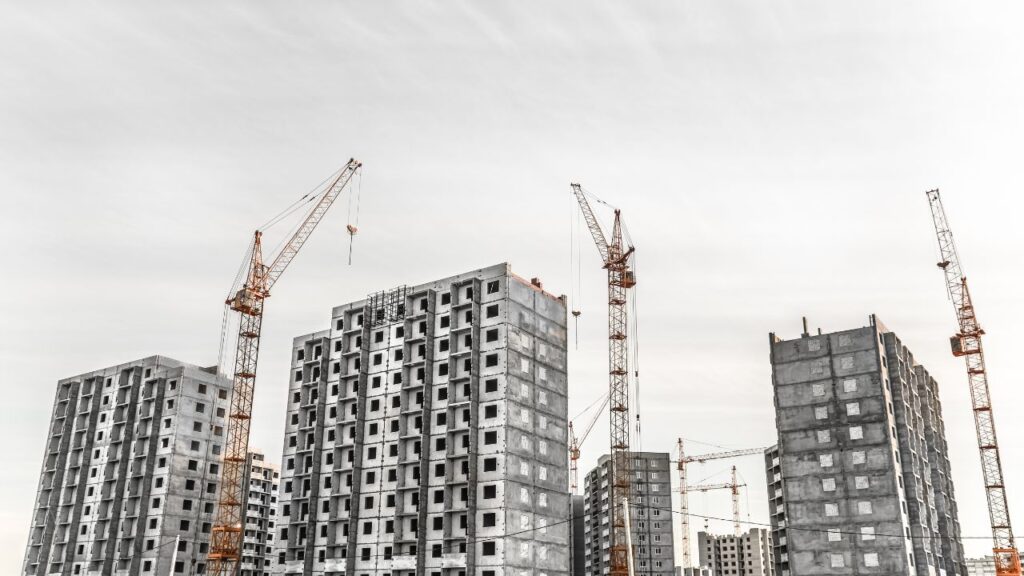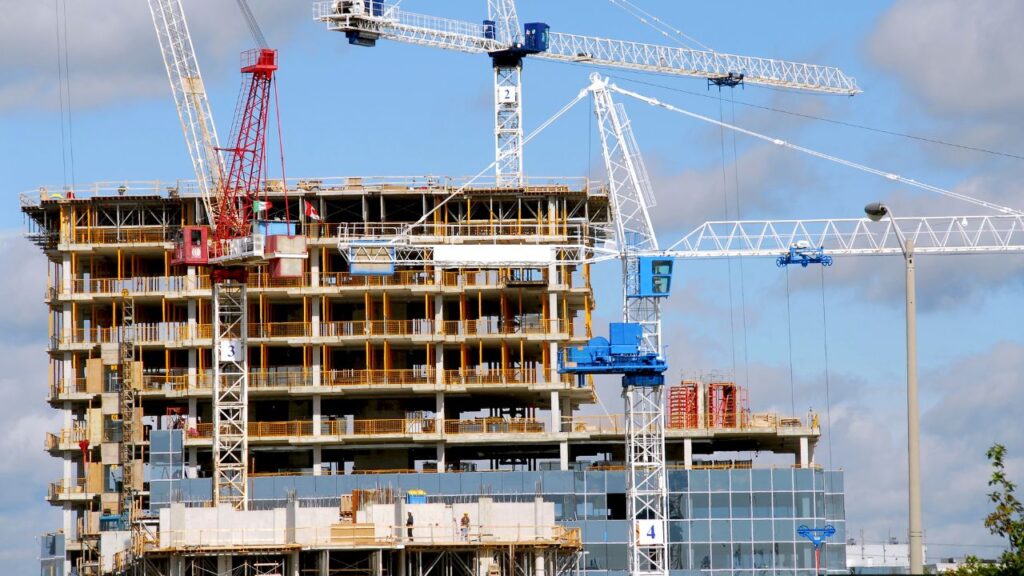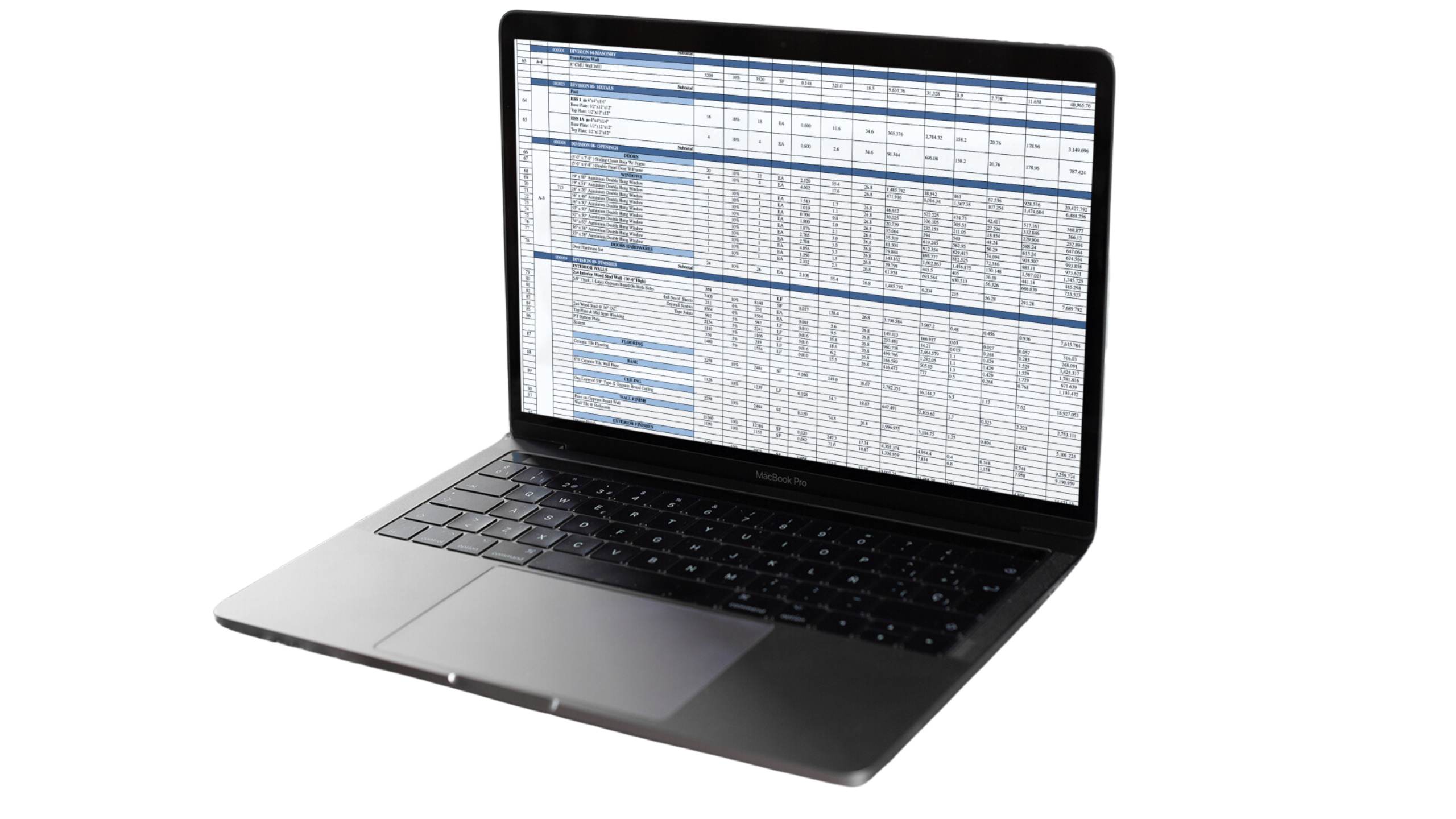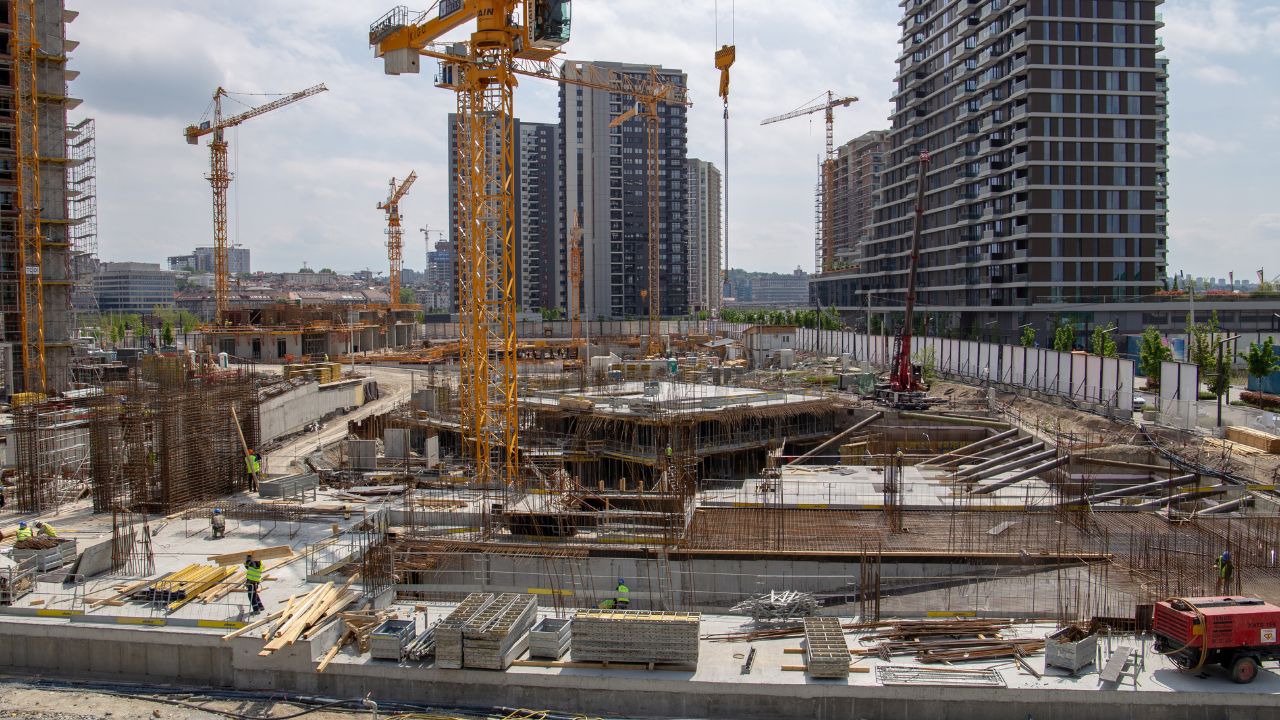Construction Cost Estimating Takeoffs for Materials
Construction cost estimating is a critical aspect of project planning, requiring meticulous analysis and quantification of various elements. Among these, material takeoffs play a central role in determining the accurate costs associated with a construction project. This article delves into the art of material takeoffs, exploring their importance, the process involved, and how mastering this skill contributes to precise cost estimation in construction.
The Significance of Material Takeoffs
Material takeoffs involve a systematic examination of construction drawings and specifications to quantify the materials needed for a project. This detailed analysis provides an accurate representation of the types and quantities of materials required, forming the foundation for precise cost estimates. The significance of material takeoffs in construction cost estimating can be outlined through several key points:
Accuracy in Budgeting
Material takeoffs serve as the linchpin for achieving accuracy in budgeting within construction projects. Through a meticulous examination of construction documents, blueprints, and specifications, these takeoffs provide a comprehensive inventory of the required materials. This detailed analysis ensures that project managers and stakeholders have an in-depth understanding of the types and quantities of materials needed. The precision derived from material takeoffs is pivotal for creating realistic budgets that align with the true scope of the construction work.

Project managers can confidently align financial resources and secure funding, knowing that the budget is based on a thorough and accurate assessment of material requirements. This accuracy not only fosters financial transparency but also minimizes the risk of unforeseen material-related costs, contributing to the overall success of the construction project.
Bid Preparation
Contractors heavily rely on material takeoffs as a strategic tool for preparing competitive bids. The accuracy and organization provided by well-executed takeoffs significantly enhance a contractor’s ability to submit bids that truly reflect the scope and cost of the construction work. A comprehensive breakdown of materials, quantities, and associated costs ensures transparency in the bid, instilling confidence in clients and stakeholders. In the competitive landscape of construction bidding, a contractor armed with accurate material takeoffs stands out as professional and reliable. The ability to present a bid that aligns with the actual requirements of the project increases the chances of winning projects and establishing successful collaborations, setting the foundation for a positive and productive contractor-client relationship.
Resource Planning
Efficient resource planning is a cornerstone of successful project management, and material takeoffs play a central role in this aspect. By quantifying materials with precision, project managers can effectively plan the allocation of resources at each phase of the construction project. The detailed breakdown provided by material takeoffs ensures that the right components are procured, stored, and utilized in a timely manner. This proactive approach to resource planning minimizes delays, enhances project efficiency, and contributes to the overall success of the construction endeavor. Project teams can confidently navigate the logistics of material procurement and utilization, resulting in streamlined operations and optimized resource utilization throughout the project’s lifecycle.
Risk Mitigation
Material takeoffs serve as a powerful tool for risk mitigation in construction projects. Through a detailed analysis of materials, these takeoffs help identify potential risks and challenges early in the planning stage. By foreseeing challenges related to material shortages, specific requirements, or any other issues, project teams can implement proactive measures to mitigate these issues. This foresight allows for the development of strategies and contingency plans, ensuring that potential challenges are addressed before they escalate into costly problems during construction.

The proactive and strategic use of material takeoffs as a risk management tool enhances the project’s resilience, reduces the likelihood of unexpected complications, and fosters a smoother construction process. Project teams can navigate uncertainties with confidence, knowing that potential risks have been thoroughly considered and addressed in the planning phase.
Are You Looking For?

Make Informed Design Decisions Showcase Your Design Ideas
Get RenderingCall Us To Discuss More at 561-530-2845
The Process of Material Takeoffs
Mastering the art of material takeoffs involves a structured process that ensures a thorough examination of construction documents and accurate quantification. Here are the key steps in the material takeoff process:
Blueprint Analysis
Thorough blueprint analysis is the foundational step in creating an accurate material takeoff for construction projects. This process involves a comprehensive examination of construction drawings, blueprints, and specifications. Project managers and estimators need to understand the project’s scope, spatial considerations, and any specific requirements outlined in the documentation. This initial analysis sets the stage for a detailed material takeoff by providing insights into the types of materials needed, spatial constraints, and any unique aspects of the construction project. It ensures that the subsequent quantification of materials is aligned with the project’s specifications, contributing to the overall accuracy of the material takeoff.
Item Quantification
The heart of a material takeoff lies in the meticulous identification and quantification of each material required for the construction project. This step involves creating a comprehensive list that encompasses everything from foundational elements like concrete and steel to finishing materials such as plumbing fixtures and electrical components. Every material that plays a role in the construction process needs to be accounted for. Item quantification ensures that no essential component is overlooked, providing a thorough and detailed basis for subsequent cost calculations and resource planning.
Unit Cost Assignment
Assigning unit costs to each material is a critical aspect of the material takeoff process. This step requires research into current market rates or historical data to determine the cost of each material. Consideration of bulk discounts, if applicable, and accounting for regional variations that may impact costs contribute to the accuracy of unit cost assignment. The goal is to establish a realistic and up-to-date cost for each material, laying the groundwork for precise cost calculations in the later stages of the material takeoff.
Labor Estimation
While primarily focused on materials, certain material takeoffs may also include labor estimation related to the installation of specific materials. This step involves assessing the labor hours required for tasks such as pouring concrete, installing electrical components, or applying finishes. Including labor estimates in the material takeoff contributes to a more comprehensive understanding of project costs. It acknowledges that labor is a significant component of the overall construction expenses and allows for a more accurate representation of the project’s financial landscape.
Cost Calculation
The culmination of the material takeoff process is the detailed cost calculation. For each material, multiply the quantity required by its assigned unit cost. Summing up these individual material costs provides the overall material cost for the construction project. This step offers a clear and detailed financial overview, facilitating budgeting, cost estimation, and resource allocation. The cost calculation derived from the material takeoff becomes a crucial reference for project stakeholders, aiding in decision-making processes throughout the construction project.

The proactive and strategic use of material takeoffs as a risk management tool enhances the project’s resilience, reduces the likelihood of unexpected complications, and fosters a smoother construction process. Project teams can navigate uncertainties with confidence, knowing that potential risks have been thoroughly considered and addressed in the planning phase.
Documentation
Organizing the wealth of information generated during the material takeoff into a structured document or spreadsheet is essential. This documentation ensures clarity in presenting the quantities, unit costs, and total costs for each material. A well-organized document becomes a valuable reference for project stakeholders, contractors, and estimators. It streamlines communication, facilitates collaboration, and serves as a comprehensive record of the material takeoff, contributing to the overall efficiency and success of the construction project.
Download Template For Construction Project Breakdown
- Materials list updated to the zip code
- Fast delivery
- Data base of general contractors and sub-contractors
- Local estimators

Technology in Material Takeoffs
Advancements in technology have significantly impacted the process of material takeoffs in construction cost estimating. Here are two key technological aspects that enhance the accuracy and efficiency of material takeoffs:
Digital Takeoff Software
Construction professionals often leverage digital takeoff software to streamline and expedite the quantification process. These tools allow for faster analysis, eliminate manual errors, and provide a centralized platform for collaboration among project stakeholders.
BIM Integration
Building Information Modeling (BIM) integration enhances material takeoffs by providing a three-dimensional representation of the project. This technology enables a more comprehensive understanding of spatial requirements, quantities, and relationships between different materials, contributing to more accurate takeoffs.
Conclusion
Mastering the art of material takeoffs is an essential skill in construction cost estimating. Accurate material takeoffs contribute to precise budgeting, successful bid preparation, efficient resource planning, and effective risk mitigation. As technology continues to evolve, leveraging digital tools and BIM integration enhances the accuracy and efficiency of material takeoffs, ensuring that construction projects are meticulously planned and executed with confidence. By honing this skill, construction professionals can navigate the complexities of cost estimating, leading to successful and financially sound construction projects.
FAQs
Material takeoffs play a crucial role in construction cost estimating by providing a detailed analysis and quantification of the materials needed for a project. This process ensures accuracy in budgeting, aids in bid preparation, facilitates resource planning, and contributes to risk mitigation.
Material takeoffs serve as the foundation for accurate budgeting by providing a comprehensive inventory of required materials. This precision allows project managers to create realistic budgets aligned with the true scope of construction work, minimizing the risk of unforeseen material-related costs.
Contractors rely on material takeoffs for bid preparation to submit competitive and transparent bids. Accurate takeoffs enhance a contractor’s ability to reflect the actual scope and cost of construction work, increasing the likelihood of winning projects and establishing successful collaborations with clients.
Material takeoffs assist project managers in resource planning by quantifying materials with precision. This detailed breakdown ensures efficient allocation of resources at each phase of the project, minimizing delays, enhancing efficiency, and contributing to overall project success.
Material takeoffs serve as a powerful tool for identifying and mitigating risks early in the planning stage. By foreseeing potential challenges related to materials, project teams can implement proactive measures, reducing the likelihood of unexpected complications and fostering a smoother construction process.
The material takeoff process involves several key steps, including thorough blueprint analysis, item quantification, unit cost assignment, labor estimation, cost calculation, and documentation. These steps ensure a comprehensive and accurate assessment of material requirements.
Advancements in technology, such as digital takeoff software and Building Information Modeling (BIM) integration, have significantly enhanced material takeoffs. Digital tools streamline the quantification process, eliminate manual errors, and provide a centralized platform for collaboration, while BIM integration offers a three-dimensional representation for more accurate assessments.
Google Reviews



Process To Get Takeoffs For Construction Materials Cost Estimating Report
Here I am going to share some steps to get a takeoffs for construction materials cost Estimating report.
-
You need to send your plan to us.
You can send us your plan on info@estimatorflorida.com
-
You receive a quote for your project.
Before starting your project, we send you a quote for your service. That quote will have detailed information about your project. Here you will get information about the size, difficulty, complexity and bid date when determining pricing.
-
Get Estimate Report
Our team will takeoff and estimate your project. When we deliver you’ll receive a PDF and an Excel file of your estimate. We can also offer construction lead generation services for the jobs you’d like to pursue further.




